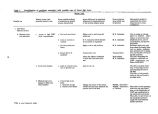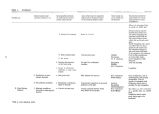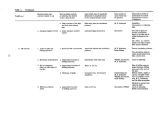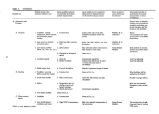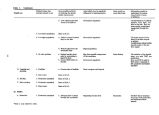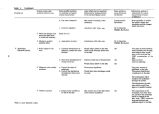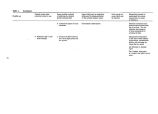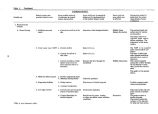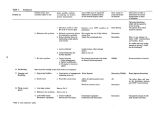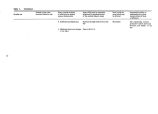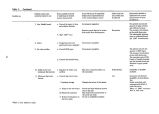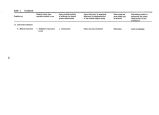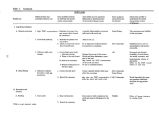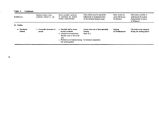| OCR Text |
Show ( Coburn and Eckhoff, 1972). South arm brine was observed to flow into the bay beneath the outflow from the bay to the lake. The culvert flows are not being gaged. The causeway is assumed to be impermeable but no measurements have been made. The salinity balance for Farmington Bay may be as complex as that for the south arm of the lake. Salt enters the bay in the surface inflow, groundwater inflow, and any inflow to the bay through the Antelope Island causeway or breaches in the causeway at the south end of the island. Salt flows out of the bay through the causeways. Data gathering concerning the quantity and salinity of groundwater inflows and flows through the causeway represent research needs, Sudweeks ( 1965), Carter ( 1971) and Coburn and Eckhoff ( 1972), all reported a two layer salinity stratification in the bay. Data on stratification of the bay under present conditions have not been gathered but these previous data would indicate the bay is now or probably will become stratified. The stability of the volume and concentration of the lower brine layer and the rate of mixing between layers will have to be determined in order to assess the importance of the lower layer and the brine inflow to the bay from the south arm in the salinity balance. The research needs identified for the hydrologic system are given in Table 13. Bio tic System The salinity balance for Farmington Bay is important to the future ecosystem of the bay. As the bay freshens a multitude of organisms which could not survive in the lake brine will be able to exist in the bay. The future salinity will contribute to determining which organisms will prosper. The ecosystem will directly influence future uses of the bay. An cer abundance of algae or coliform bacteria would discourage or eliminate boating and swimming as potential recreational uses. Understanding the future salinity trends of the bay is important to understanding the future ecology of the bay. The experts in biology which attended the meetings on research needs ( see the appendix) felt enough information was available to assess which organisms could survive in Farmington Bay at various salinity levels. The main research needs for the biotic system deal with identifying the future population of organisms, species dominance, and the interaction between the ecosystem and pollutants presently in the bay or pollutants which will be added in the future. The future population of specific organisms will be influenced by the supply of nutrients to the system from external and internal sources, such as the benthic deposits, and the level of toxic materials such as heavy metals, pesticides, and herbicides. The freshening of Farmington Bay could increase the population of brine flies. The salinity conditions which develop in the bay may be more favorable to their production. Since the bay is close to the major recreational use areas on Antelope Island and the south shore, a research need is to look at the species and population of brine flies which will be produced in Farm- Table 13. Research needs identified for the Farmington Bay hydrologic system. Research Needs Possible Information Source Group A The quantity and salinity of the two directional flow through the Antelope Island causeway. The relationship between the hydrologic system of the bay and the entire lake. The salinity stratification of the bay. If the layer is present, research the stability of the lower layer, and the rate of mixing between the two iaycrs. Methods to control high water ( flooding) in the bay in both the short and long- term. Grpup B The quantity and salinity of groundwater inflow. The quantity and salinity of the flow around the south end of Antelope Island. Group C Permeability or flow through the Antelope Island causeway fill. USGS DWR, UGMS USGS, Glassett ( BYU), UWRL DWR, ACE, UWRL USGS USGS USGS, DWR 50 |


















